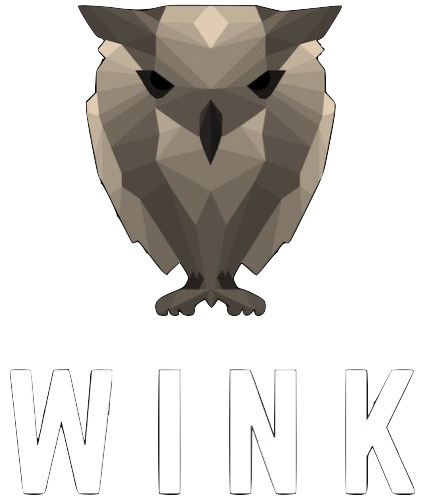2014 - Does one hour of bright or short-wavelength filtered tablet screenlight
2014 - Does one hour of bright or short-wavelength filtered tablet screenlight
There were so many people claiming that using a bright screen in the hour before bed was bad for your sleep because of the blue light coming from the screen.
People were saying this as far back as 2011.
But we struggled to find a study to support this idea. So we ended up doing it ourselves. Now you can read about it.
Abstract
Electronic media use is prevalent among adolescent populations, as is the frequency of sleeplessness. One mechanism proposed for technology affecting adolescents’ sleep is the alerting effects from bright screens. Two explanations are provided. First, screens emit significant amounts of short-wavelength light (i.e. blue), which produces acute alertness and alters sleep timing. Second, later chronotypes are hypothesised to be hypersensitive to evening light. This study analysed the pre-sleep alertness (GO/NOGO task speed, accuracy; subjective sleepiness), sleep (sleep diary, polysomnography), and morning functioning of 16 healthy adolescents (M 1⁄4 17.4 1.9 yrs, 56% f) who used a bright tablet screen (80 lux), dim screen (1 lux) and a filtered short-wavelength screen (f.lux; 50 lux) for 1 hr before their usual bedtime in a within-subjects protocol. Chronotype was analysed as a continuous between-subjects factor; however, no significant interactions occurred. Significant effects occurred between bright and dim screens for GO/NOGO speed and accuracy. However, the magnitude of these differences was small (e.g. GO/NOGO speed1⁄423ms, accuracy 1⁄4 13%), suggesting minimal clinical significance. No significant effects were found for sleep onset latency, slow- rolling eye movements, or the number of SWS and REM minutes in the first two sleep cycles. Future independent studies are needed to test short (1 hr) vs longer (42 hrs) screen usage to provide evidence for safe-to-harmful levels of screenlight exposure before adolescents’ usual bedtime.

